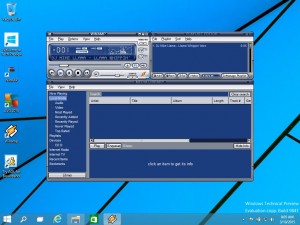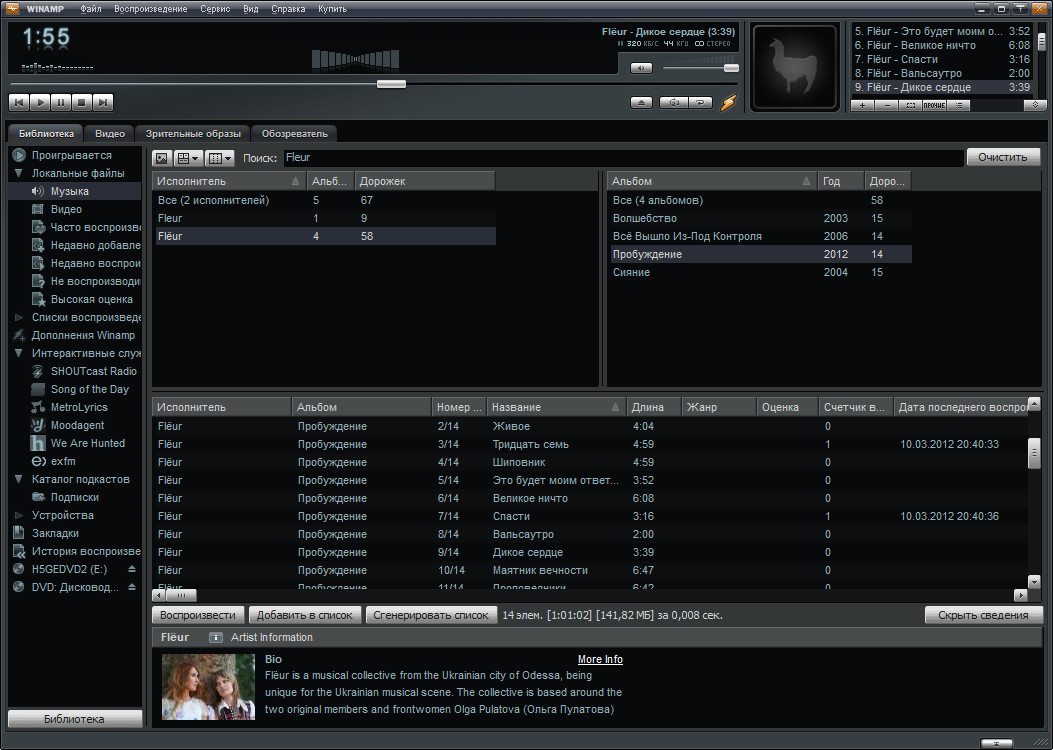
And if you’re still not impressed, it even lets you share media with UPnP and DLNA compatible devices like TVs. MP3, FLAC, AAC), and thanks to its syncing prowess, it can backup and sync media with numerous Android, iOS and Windows devices. MediaMonkey supports nearly all music formats (e.g.

Advanced functions let you sort & organize music based on genre, artist, and things like that. It can easily manage media collections spanning hundreds of thousands of songs, both local and network stored. Looking for not just a music player, but also a powerhouse media organizer application? MediaMonkey is just the Winamp alternative you need. All of them support a wide variety of formats so no matter which file format your music library is in, they will work for you. This was a major turnoff for Winamp users.If you are still not onboard with music streaming services, these apps will help you curate and listen to your offline music collection. Eventually, AOL decided software like Winamp was a promotional opportunity for the dial-up service, and soon installing Winamp meant declining offers for “free” AOL subscriptions. That massive revenue stream made it hard to prioritize other projects-even those for which AOL paid millions. RELATED: RIP AIM, the Messaging App AOL Never WantedĪOL, meanwhile, was still making ridiculous sums of money with its infamously sandboxed dial-up service.

Page views to the Winamp website brought in a big chunk of ad revenue, sure, and thousands of people paid $10 for the Pro version of the software, but that was about it regarding revenue. That’s quite the payout for a four-person team, but AOL never really knew what to do with what they bought. In June of 1999, AOL acquired Nullsoft (the company behind Winamp) for $80 million. Our story’s ending begins with a buyout, like many other 90s tech stories.

Part of the appeal came from the community: a plugin and skin ecosystem allowed designers and developers to customize things in surprising ways, and music nerds loved having that kind of control. It quickly became a hit, despite only having a four-person team behind it. Winamp was lightweight, customizable, and made listening to music easier than any player that came before it.


 0 kommentar(er)
0 kommentar(er)
